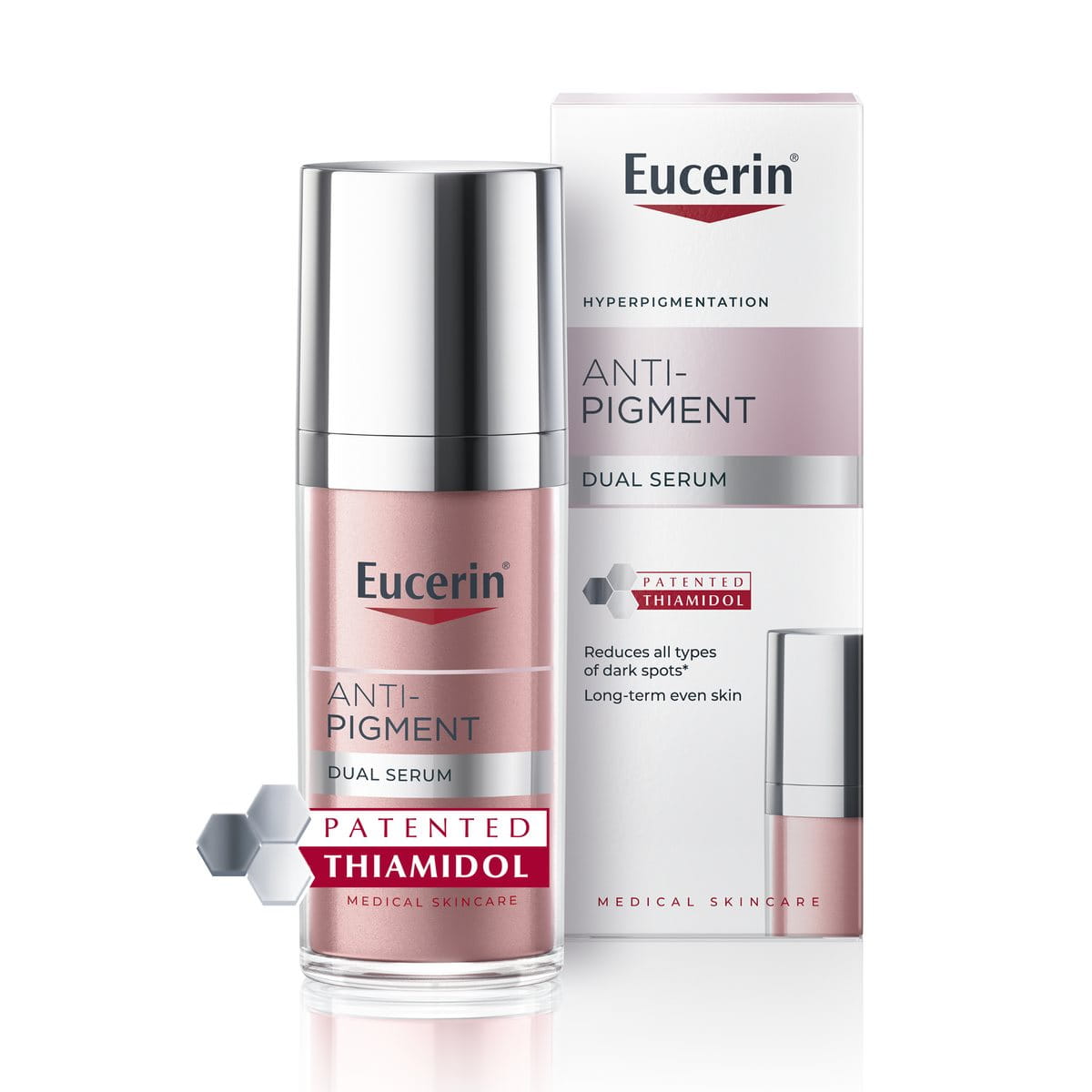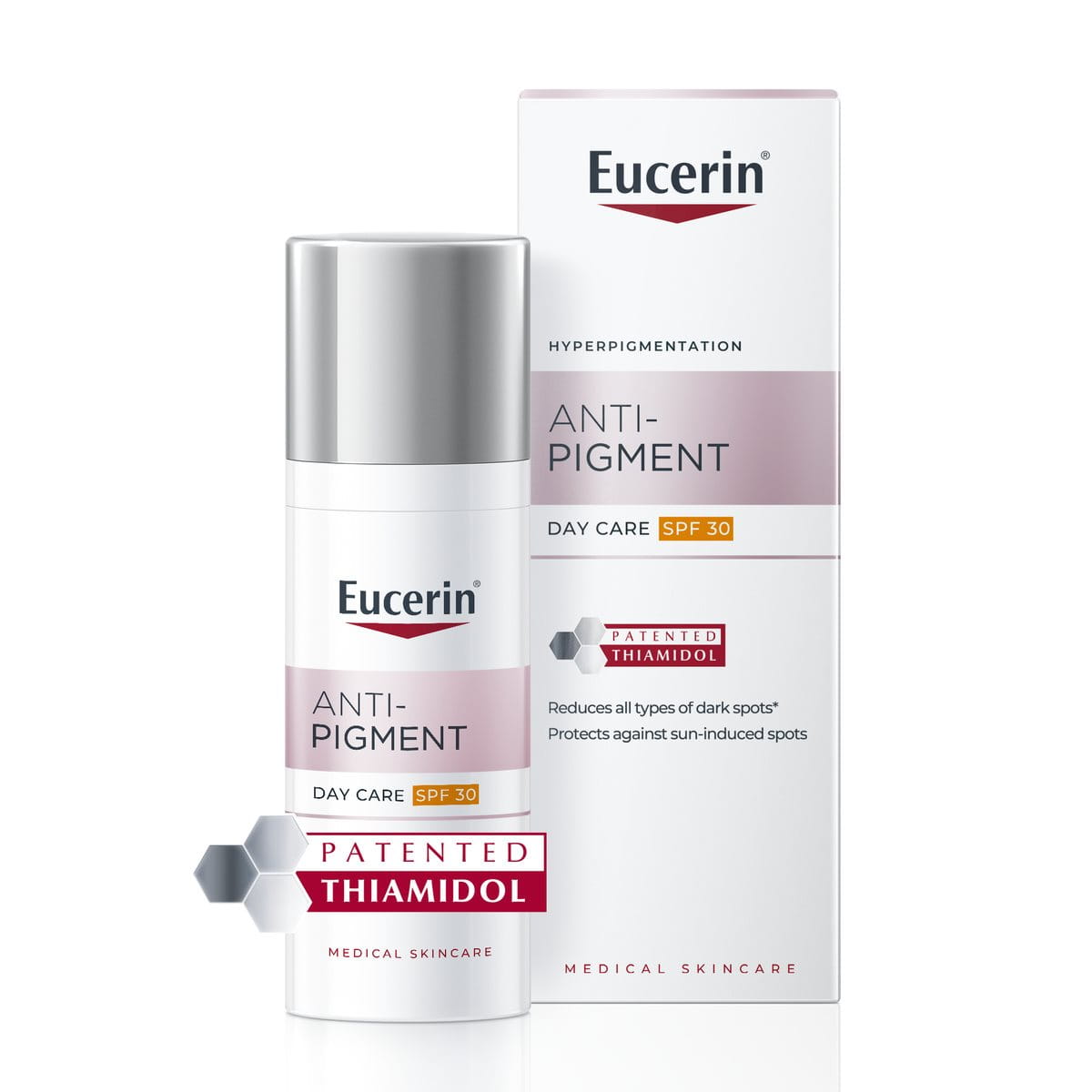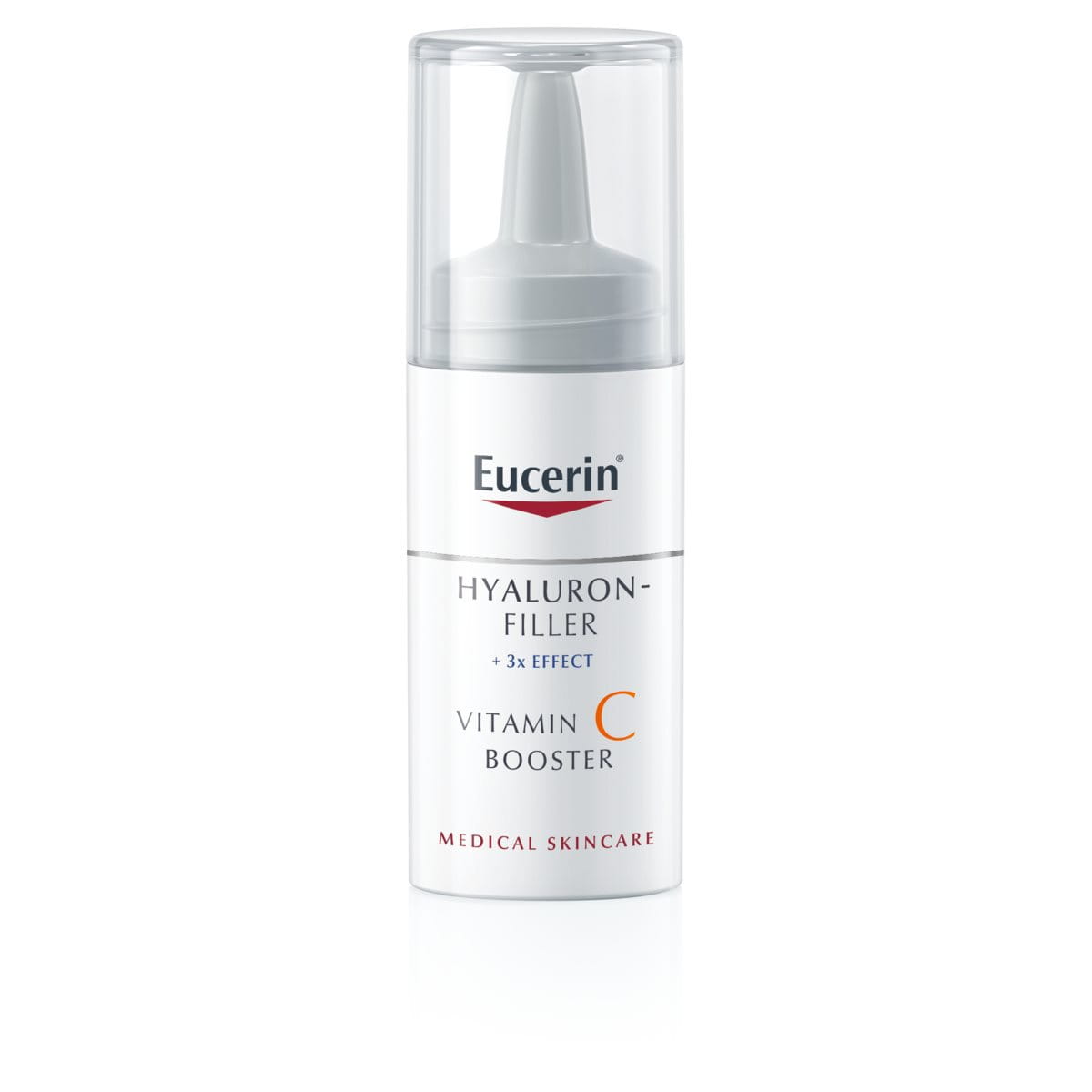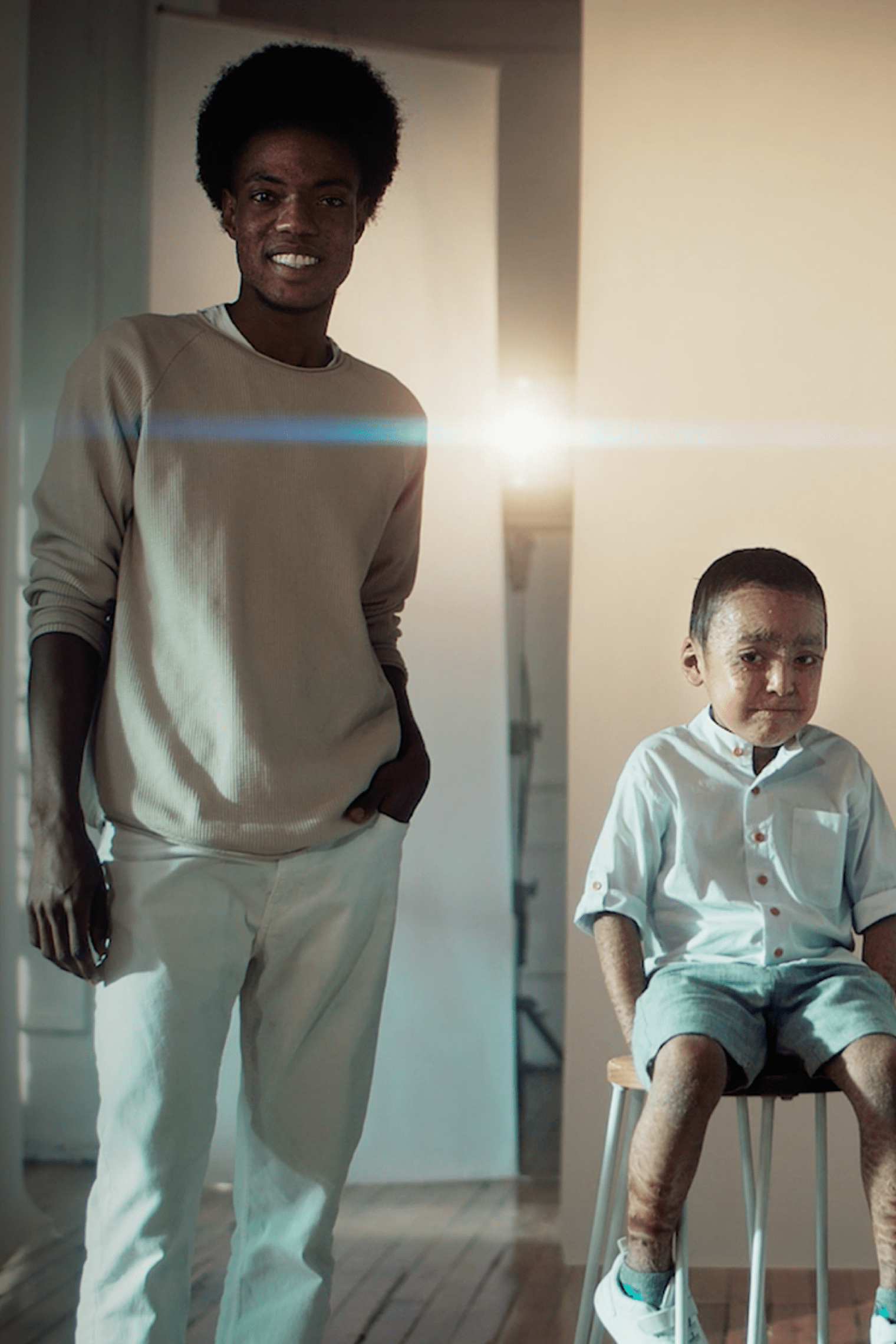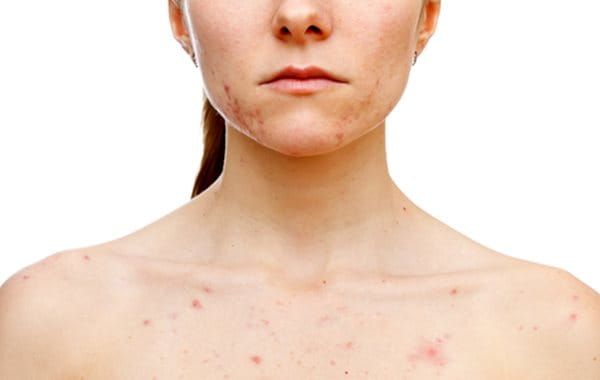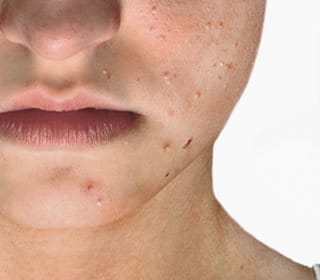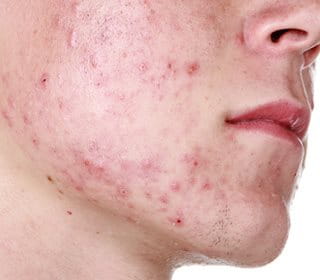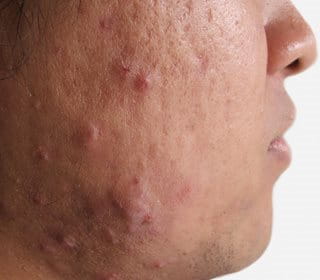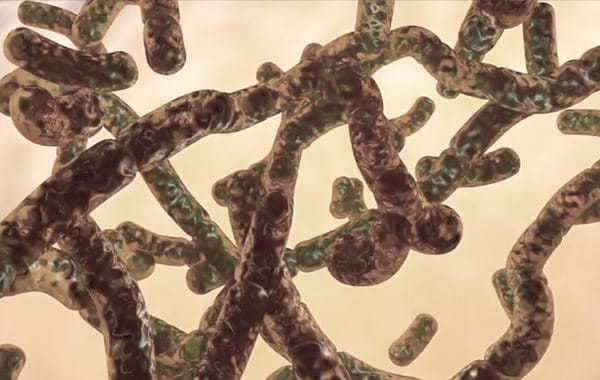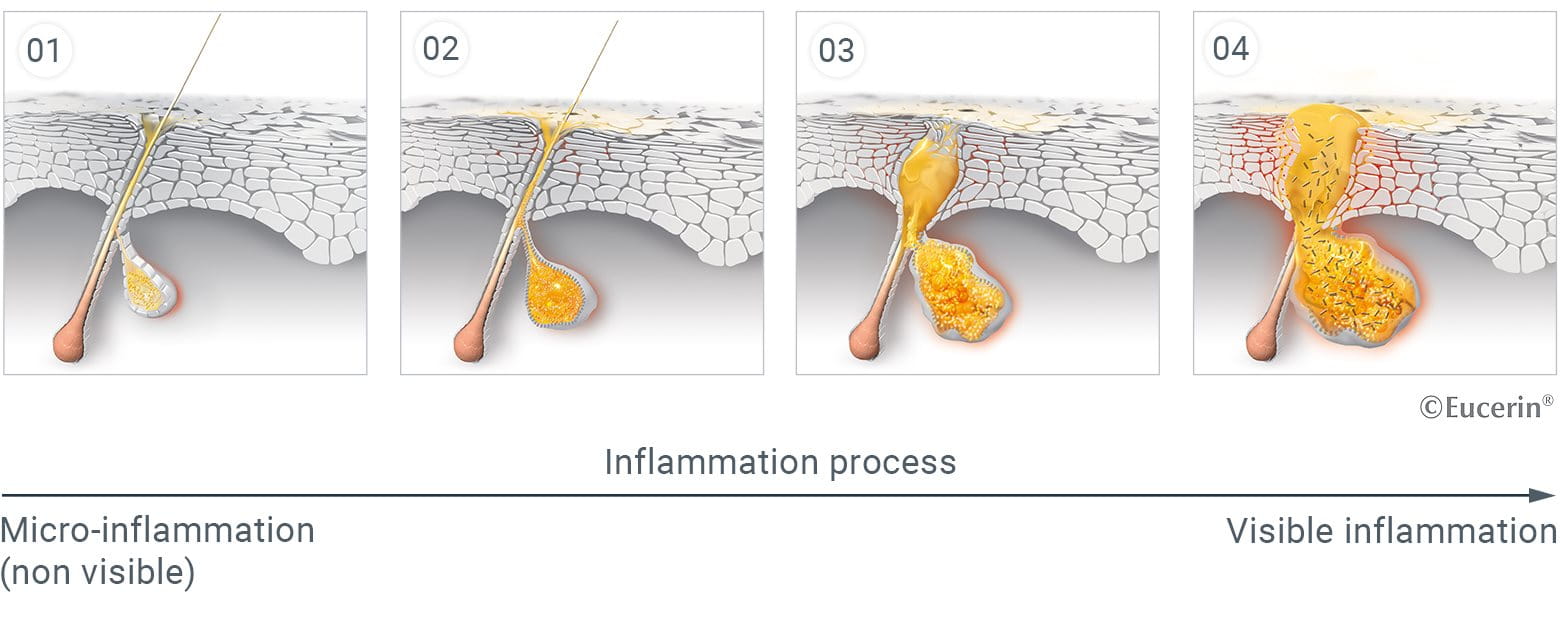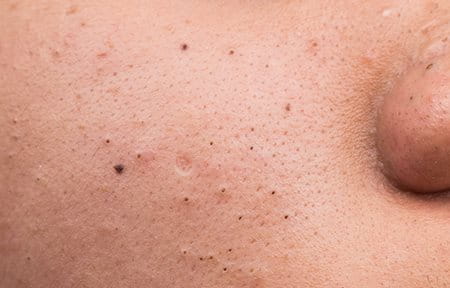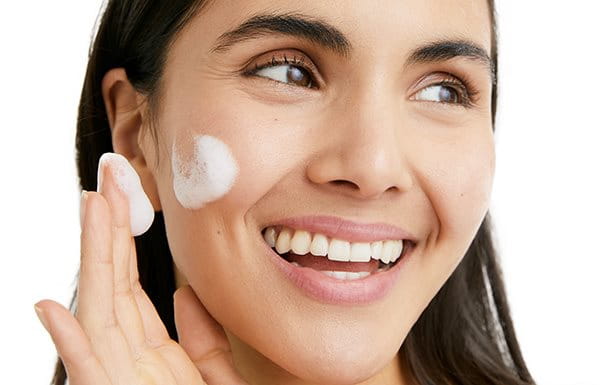Acne Vulgaris is the most common skin disease in industrialised nations. It usually begins during puberty, in line with hormone changes, and may persist into later adulthood. Between 70% - 95% of adolescents1 are affected to some degree by blemished skin and 15-30% (1) of them will use acne medication to relieve symptoms.There are also increasing numbers of adults, particularly women, experiencing acne later in life.
This article examines the meaning of blemished skin and looks at what makes skin acne-prone. It looks at how pimples, papules and pustules develop and the difference between them. We explain why some people are more prone to blemishes then others, the external and internal factors that can trigger acne and how best to alleviate symptoms and care for skin.1 - C.C.Zouboulis, Hautarzt 2014 65: 733-750
